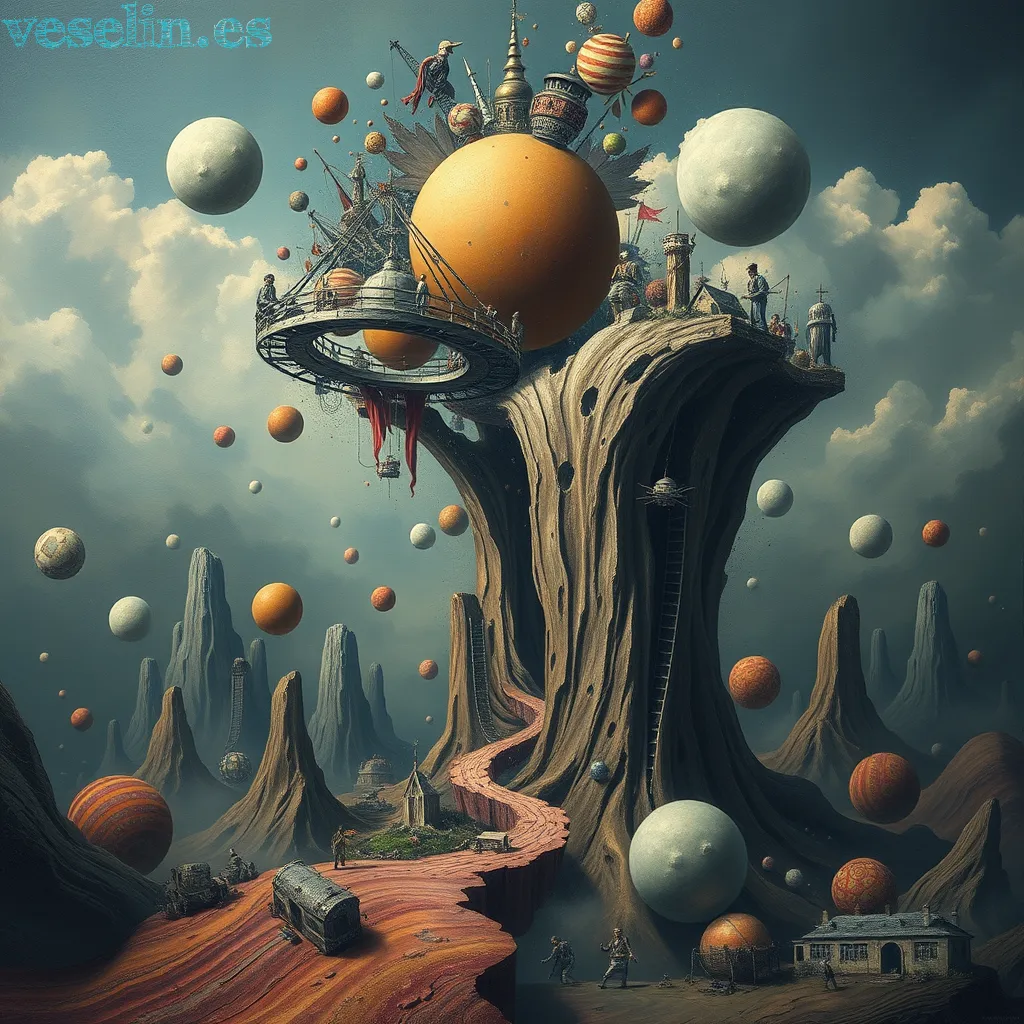How Smart Materials Will Revolutionize Technological Devices

Smart materials are a cutting-edge innovation that respond dynamically to external stimuli such as temperature, light, pressure, or electric fields. Unlike traditional materials, they can adapt and change their properties in real time, making them one of the most promising areas of technological advancement.
In this article, we will explore how smart materials are shaping the future of technological devices, their applications, benefits, and what to expect in the coming years.
What Are Smart Materials?
Smart materials, also known as intelligent or responsive materials, are engineered to alter their physical properties in response to environmental changes. Some common types include:
- Shape Memory Alloys (SMA): Metals that can «remember» their original shape.
- Piezoelectric Materials: Generate electric charge when subjected to mechanical stress.
- Electrochromic Materials: Change color or transparency with an electrical signal.
- Self-Healing Materials: Repair cracks or damages without human intervention.
How Smart Materials Will Impact Technological Devices
1. Consumer Electronics
Smartphones, tablets, and wearables will become more resilient and adaptable. For instance:
- Displays that repair scratches automatically.
- Flexible screens that adjust shape depending on user interaction.
- Temperature-regulated casings for energy efficiency.
2. Medical Devices
Smart materials in healthcare will revolutionize treatments and patient monitoring:
- Self-healing implants that reduce replacement surgeries.
- Responsive sensors that adapt to body conditions.
- Drug delivery systems that release medication at precise times.
3. Aerospace and Automotive Industry
- Lightweight smart alloys for fuel efficiency.
- Adaptive surfaces that reduce drag.
- Materials that change stiffness for safety in vehicles.
4. Wearable Technology
From smart clothing to advanced fitness trackers, smart textiles will:
- Monitor heart rate, hydration, and stress levels.
- Adjust temperature automatically for comfort.
- Provide real-time health data to connected devices.
Advantages of Smart Materials in Technology
- Increased durability: Devices last longer thanks to self-healing and adaptive properties.
- Energy efficiency: Materials that regulate themselves consume less power.
- Enhanced user experience: Customizable and responsive devices improve usability.
- Cost savings: Fewer repairs and replacements reduce overall costs.
Challenges and Limitations
While the potential is enormous, smart materials face some challenges:
- High manufacturing costs.
- Limited large-scale production.
- Need for further research on long-term reliability.
Future Outlook: The Next Decade of Smart Materials
The integration of AI, IoT, and nanotechnology will accelerate the adoption of smart materials. Devices will no longer be static tools but adaptive ecosystems that evolve with user needs. We can expect breakthroughs in:
- Smart homes with adaptive walls and energy-efficient systems.
- Next-gen healthcare devices that merge biotechnology with responsive materials.
- Sustainable electronics designed for circular economies.
Conclusion
Smart materials are not just an incremental improvement—they represent a revolution in technological devices. From consumer electronics to healthcare and aerospace, their ability to adapt and self-regulate will transform industries and daily life.
The future of technology is not only digital but also materially intelligent.
How Smart Materials Will Revolutionize Technological Devices. También ciencia, historia, tecnología, cultura, fenómenos inexplicables y datos que te dejarán con la boca abierta. Si te apasiona aprender cosas nuevas cada día, ¡este blog es para ti!
Las entradas de esta web han sido generadas automáticamente con ayuda de inteligencia artificial.






